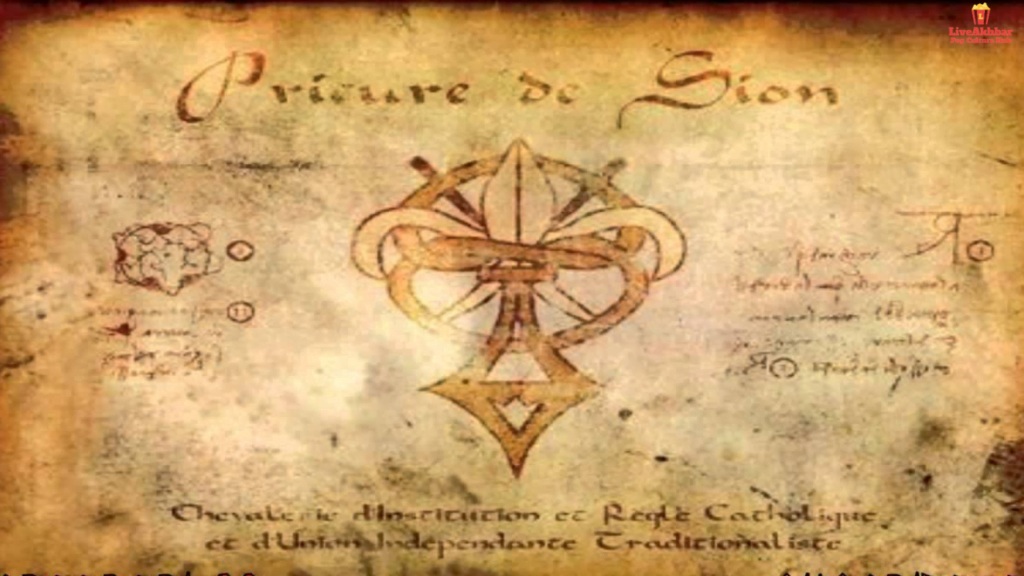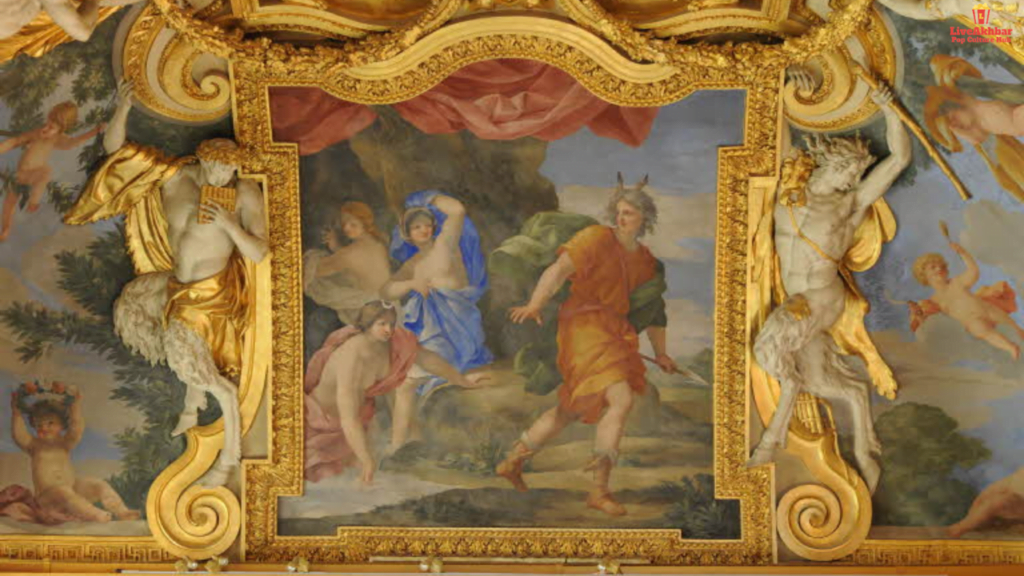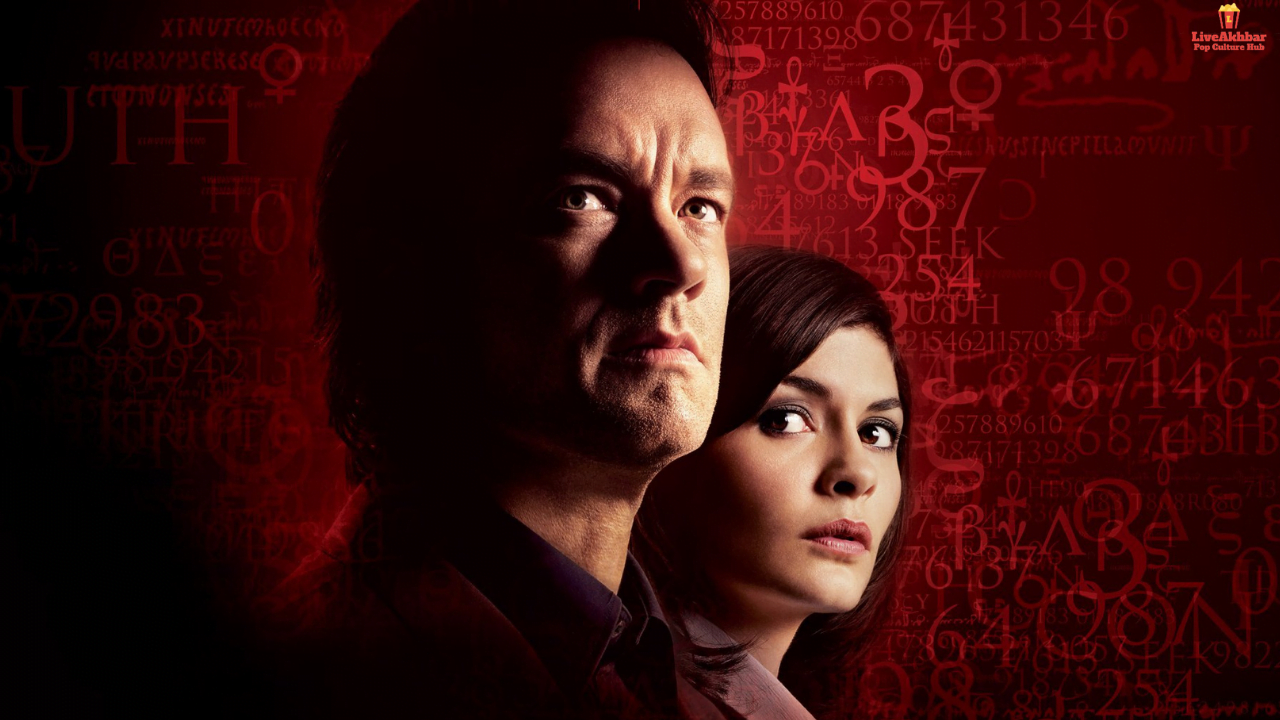On 17 May 2006, the thriller film The Da Vinci Code was released. The film director and written by Ron Howard and Akiva Goldsman. As it was based on Dan Brown’s novel. The Da Vinci Code, both in film and book form, is subject to ultimate criticism because a large number of claims created by the author, Dan Brown, are grounded in, historical, scientific inaccuracies and religion. Besides, from this, culture tread muddied waters, history, and the depiction of European art, to say the limited, wherein the New York Times stating that key plot points were based on unsubstantial and fabrications claims of Pierre Plantard.
Despite these shortcomings, The Da Vinci Code was a huge success, selling 80 million copies worldwide with only J.K. Rowling’s Harry Potter and the Order of the Phoenix. As The Da Vinci Code is a controversial topic, here we see two types of facts – fake and real. Some historical events are consistent with the narrative purposes of Brown. The facts are interconnected unnecessarily, and one needs to take as Rashomon effect, which brings out the unreliable and extremely explanatory nature of observers and the nature of truth.
The Da Vinci Code Film Cast –
The film The Da Vici Code includes Tom Hanks who plays Robert Langdon, who is a religious symbology professor. Audrey Tautou as Sophie Neveu, Alfred Molina as Bishop Aringarosa, Paul Bettany as Silas, Ian McKellen as Sir Leigh Teabing, Alfred Molina as Bishop Aringarosa, and more.
The Fact About The Da Vinci Code That is Existence –
Existence Of The Priory Of Sion

If you wanted to Priory of Sion was really exists! However, the individuality of the group differs greatly from Brown’s portrayal, who says that the Priory illustrated off the fellows like Victor Hugo and Leonardo Da Vinci. While the answer is no, the chronological history of Sion introduced a series of documents to clarify the truth of a descendant of Mary Magdalene and Jesus, which was later disclosed to a magical puzzle as an elaborate hoop. Plantard’s failed try was rejected by journalists and scholars alike, but Brown founded his claims on Plantard’s forged documents.
Existence of The Knights Templar
Per Dan Brown, the legendary holy grail is not a literal trick used in The Last Supper. But is a mystery preserved by Mary Magdalene, The Knights Templar. Historically, The Knights Templar or The Order of Solomon Temple was a Catholic military order established in 1119. It is closely tied to the Crusades, as they were the defenders of Christian pilgrims. The first link between the Templar and the Holy Grail can be traced to the German writer Wolfram von Eschenbach and his Arthurian epic poem Parzival. The poem presents the grill as a mysterious, lively-restorative cup. That is used by Brown as a reference point, which then changes the claims about the holy blood of Jesus and Mary. Also, there is no historical evidence that The Knights Templar discovered the grill. And it was destroyed due to his knowledge.
Specific Inner Workings Of Opus Dei
In 1928, Opus Dei was established in Spain by the Catholic saint Josemaria Escriva and stay controversial to this day. Brown incorporates the internal workings of the organization to add layers to the character of Silas as the headteacher, who opposes murder when committed by a “teacher”. Brown portrays some of Opus Dei’s inner workings in a fairly precise light, such as when he shows Silas using a bodily belt to accomplish a niggardly recluse, consistent with the organization’s actual practices. The mantra taught by Silas, the mantra repeated by Silas, “Pain is good”, is a loose precision, but accurate nonetheless. Brown also describes Opus Dei’s new headquarters in New York with great accuracy and touches on the controversies the organization often lays down.
On the other hand, there is a great inaccuracy when it comes to some historical facts regarding Opus Dei. Both Langdon and Neveu refer to Silas as a “monk”, which is inaccurate, although this can be done intentionally to highlight a complete lack of knowledge for secret societies.
The Fact About The Da Vinci Code That is Fake –
Truths about The Louvre Museum and its Paintings

The Louvre Museum is an important narrative created by Brown, as museum curator Jack Saunier is assassinated within the location, and Langdon’s quest for the grill ends here. However, Brown makes a series of claims about the world-famous museum, most notably the Louvre Pyramid, which, according to him, was made of 666 panes of glass, built at the behest of François Mitterrand. This is completely incorrect, as the Louvre states that the number of glass pans used is 673. Brown also claims that the Louvre has 65,300 pieces of art when it is closer to 35,000.
Brown also depicted the Mona Lisa deeply in paintings depicted at the Grand Gallery, claiming that Da Vinci means a symbol of the supernatural as a whole through his work, fought by various art historians is. Furthermore, the most horrifying inaccuracy in The Last Supper’s interpretation is that of Leigh Tebbing (Sir Ian McKellen), in which he claims that Da Vinci slipped in his portrayal of Mary Magdalene. This has been refuted prominently by art historians, who state that Da Vinci portrayed John with a feminine touch to identify him as the youngest person.
Specific claims about Leonardo Da Vinci
Tom Hank’s Langdon, Nivu, and Teabing are presented as expert cryptographers with the ability to understand cryptic symbols and ancient texts. These characters discuss the reverse text of Leonardo da Vinci, which was used by him to cloak some of his progressive theories on astronomy, geology, and archeology. However, Brown exaggerated the fact that Da Vinci left clues in his artwork about secret religious beliefs, which, according to art critics and historians, are untrue. Brown also claims that Da Vinci manufactured torture instruments as well as the nectar of immortality – this is almost entirely wrong, as suggested by the complete lack of historical evidence. Furthermore, Langdon claims that the complex designs of cryptex in Da Vinci’s diary are also untrue.
Also Read : Is Ozark based on a True Story? And will there be Ozark season 4
